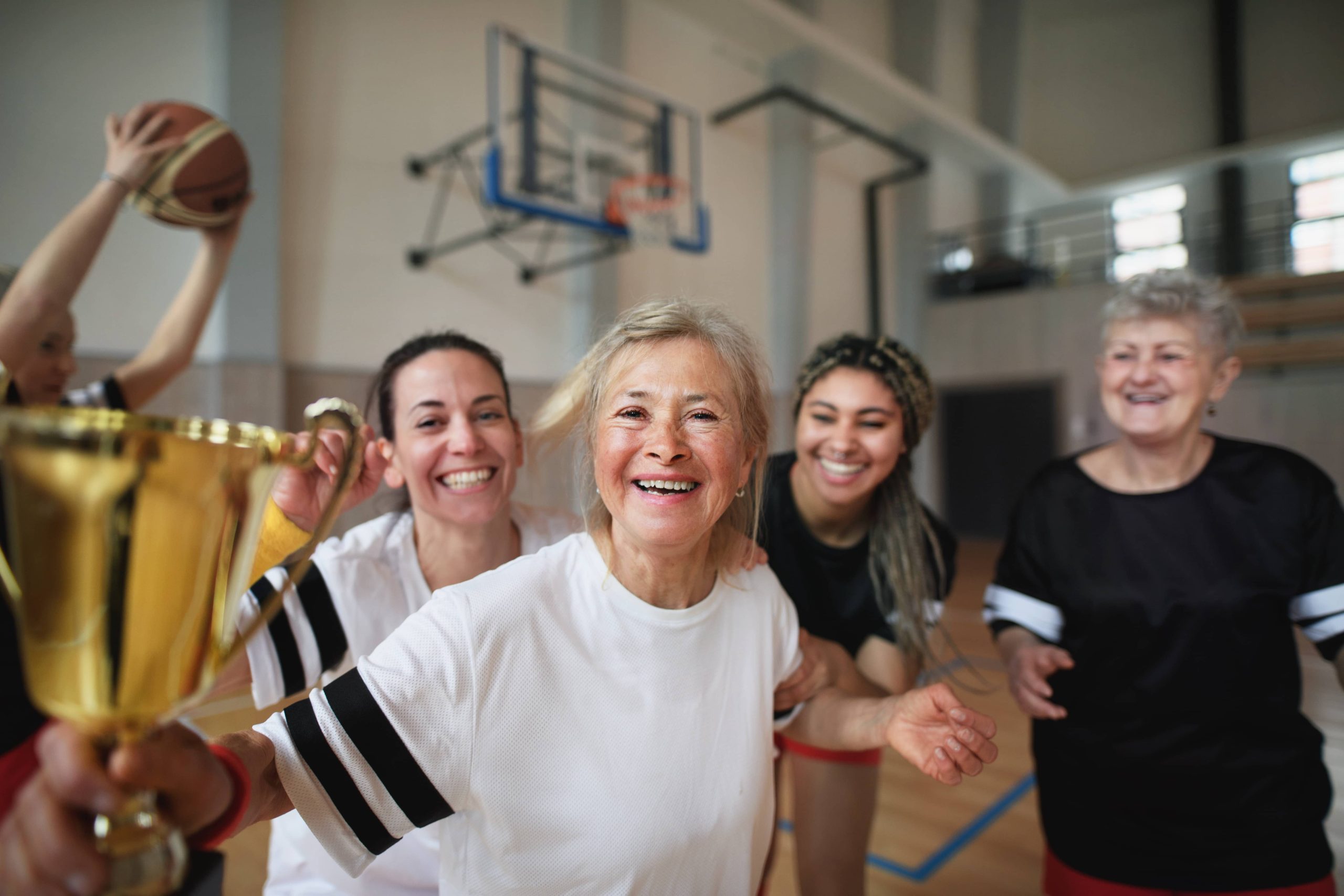
Introduction
In today’s fast-paced world, where youth is often glorified, the significance of active aging is sometimes overshadowed by stereotypes and myths about older adults. One of the most pervasive misconceptions is that exercise becomes less important or even inappropriate as we age. However, this couldn’t be further from the truth. In fact, embracing physical activity in our later years is not just important; it is essential for maintaining health, independence, and quality of life. In this blog post, we will debunk common stereotypes about exercise in older adults and highlight how staying active can be a transformative force in the golden years.
Stereotype 1: Older Adults Can’t Handle Vigorous Exercise
One of the most pervasive stereotypes is that older adults are too fragile for vigorous exercise. The truth is, while the type and intensity of exercise might need to be modified, older adults can absolutely engage in vigorous activities. It’s essential to understand that physical activity should be tailored to the individual’s current health status, goals, and fitness level, rather than their age alone.
Research demonstrates that high-intensity interval training (HIIT) can be beneficial for older adults, improving cardiovascular health, muscle mass, and metabolic function. Programs should be designed and supervised by professionals to ensure safety, but with the right guidance, older adults can participate in and benefit from vigorous workouts.
Stereotype 2: Exercise Increases the Risk of Injury in Older Adults
The fear of injury often deters older individuals from engaging in physical exercise. While it’s true that aging can bring about changes in bone density and joint mobility, avoiding exercise altogether is not the solution. On the contrary, regular physical activity can enhance balance, coordination, and flexibility, significantly reducing the risk of falls and injuries over time.
Weight-bearing exercises, such as walking, light resistance training, and balance-centered activities like tai chi or yoga, can help improve bone density and joint health. Moreover, engaging in exercises that improve core strength and balance can greatly diminish the likelihood of falls, a common concern among older adults.
Stereotype 3: Exercising Is Futile for Those with Chronic Conditions
Many older adults live with chronic conditions such as arthritis, diabetes, or heart disease, and might believe that exercise could exacerbate their symptoms. However, physical activity is often one of the most effective prescriptions for managing these conditions.
For instance, regular exercise can improve cardiovascular health, stabilize blood sugar levels, and reduce inflammation, which is beneficial for arthritis sufferers. The key is to choose activities that complement the individual’s medical needs and limitations. A personalized exercise plan developed with a healthcare provider or physical therapist can yield significant health improvements.
Stereotype 4: It’s Too Late to Start Exercising in Older Age
Another common misconception is the idea that if someone hasn’t been active earlier in life, it’s too late to start when they’re older. This is a damaging belief that can prevent individuals from experiencing the myriad benefits of physical activity. The great news is, it’s never too late to begin an exercise routine.
Studies consistently show that even those who start exercising in their 60s or 70s can reap substantial health benefits, such as enhanced strength, balance, and cardiovascular health. The most critical step is simply to start, even with small, manageable activities, and gradually increase intensity and duration as fitness improves.
Stereotype 5: Older Adults Should Stick to ‘Gentle’ Activities Only
The stereotype that older adults should only partake in gentle activities limits their potential to gain full benefits from a well-rounded exercise program. While gentle activities, like walking or stretching, have their place in any fitness regime, older adults can engage in a wider range of exercises, including strength training, aerobic activities, and even sports.
Strength training, for example, has tremendous benefits for older adults, including the prevention of muscle loss and improved metabolic rate. Weight lifting, resistance band exercises, or bodyweight exercises can be safe and effective ways to build muscle strength and endurance.
The Psychological Benefits of Exercise
Apart from the physical advantages, exercise offers substantial psychological benefits for older adults. Regular physical activity has been shown to reduce symptoms of anxiety and depression, improve mood, and boost overall mental well-being. Participating in group exercises or sports can also enhance social connections, offering a sense of community and belonging which is crucial for mental health.
How to Foster an Active Lifestyle in Older Adulthood
To successfully break away from these stereotypes, we must foster environments and ideologies that support active aging. Here are a few suggestions:
1. Education and Awareness: Providing accurate information about the benefits and possibilities of physical activity in older adulthood is key. Debunking myths and presenting scientific evidence can empower older adults to take charge of their health.
2. Accessible Fitness Programs: Communities and fitness centers should offer programs that cater specifically to older adults, considering their diverse needs and potential limitations.
3. Encourage a Holistic Approach: Exercise should be viewed as just one component of a broader health and wellness plan that includes nutrition, social interactions, and mental health care.
4. Professional Guidance: Encourage older adults to work with fitness professionals or physical therapists who can design safe, effective, and personalized exercise routines.
Conclusion
Breaking the stereotypes about exercise in older adults is vital for promoting active aging and enhancing quality of life as we age. We must challenge outdated notions and embrace the reality that older adults have the potential to engage in and benefit from a variety of physical activities. By empowering this demographic to adopt and maintain active lifestyles, we can help ensure healthier, happier lives well into the golden years. Let us celebrate active aging and acknowledge that fitness knows no age limits.











